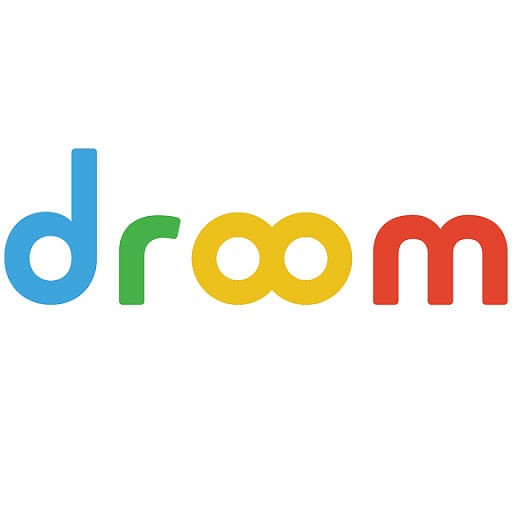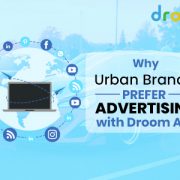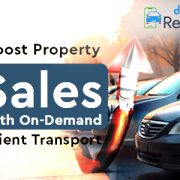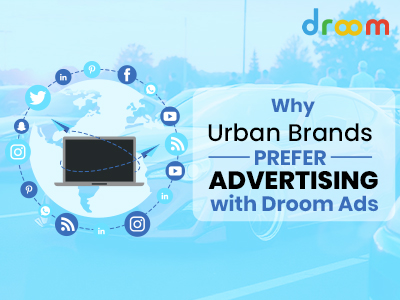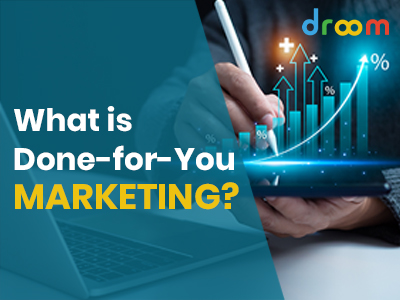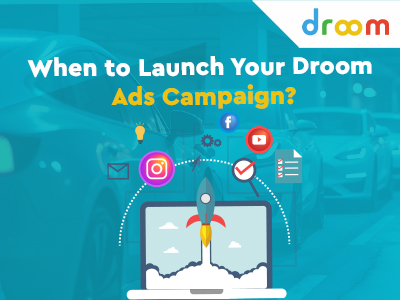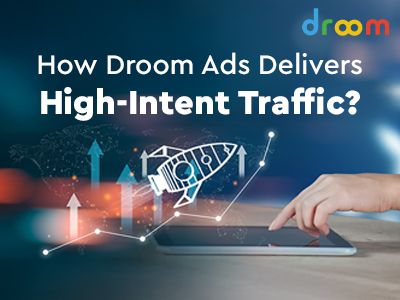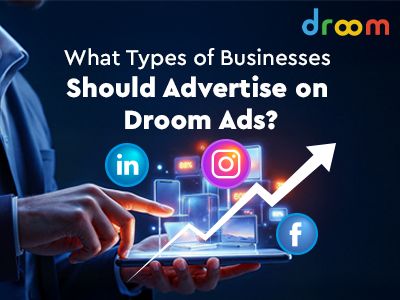Most marketers think paid ads and programmatic ads are the same or just fancy words for online marketing. They couldn’t be more wrong. Let’s skip to reality.
There is a significant difference between a paid advertising platform and a programmatic advertising platform. One is mainly relying on manual keyword-based targeting, fixed schedules, and guesswork. On the other hand, the other one taps into automation, AI, and real-time user behavior to place ads where they actually matter.

If you are an e-commerce brand in the automobile industry, getting the in-depth insights about ad type comparison is a bottom-line decision. Whether you want to market high-ticket vehicles or accessories, the method you opt for to deliver and optimize your ads can highly impact visibility, conversion rates, ad spend efficiency, and ROI.
In this blog post, we’ll help you break down the core distinctions between programmatic vs paid advertising, navigate different ad types, and find out which are best for your business, especially if they’re looking to advertise across a prominent e-commerce advertising platform.
Paid vs Programmatic Ads: Understand the Basics
Let’s begin by elucidating both of the ad types before diving into the differences:
A. Paid Advertising Platform
A paid advertising platform for enterprises provides marketers with space to place ads manually on search engines, social media platforms, or display networks. In this form of advertising, you define:
- Audience segments
- Budget and bid strategy
- Ad creatives and timing
In a paid advertising setting, all campaign settings, optimizations, and reporting are controlled manually by your in-house team or agency.
B. Programmatic Advertising Platform
Programmatic advertising platforms facilitate the process of buying ad space across Connected TV, Digital Out-of-Home (DOOH), digital radio, and other formats via RTB (real-time bidding) adtech using ML models trained on deep audience data. Instead of manual reliance on sites or ad slots, the system uses algorithms to select placements that will be most effective, both in real time and at scale.
Ad campaigns are managed via Demand Side Platforms (DSPs) that interact with a variety of ad exchanges and data management platforms (DMPs). This integration allows advertisers to:
- Define audience parameters and campaign goals
- Access premium inventory across thousands of websites and apps
- Bid automatically for impressions based on user behavior, context, and intent
A solid, effective programmatic marketing strategy provides businesses the leverage to personalize ads at scale, improve ROI, and minimize manual oversight. Such programmatic advertising benefits make them perfect resources to assist brands achieve targeted audiences across web, mobile devices, including connected TVs.
Key Differences: Programmatic vs Paid Advertising
When it comes to choosing between paid vs programmatic ad platforms, you can’t pick based on preference, as it’s about picking the driver for your digital growth. Although they are both among the category of online advertising platforms, their ways of serving ads and providing targeting as well as optimization operations, differ a lot from each other. We’ve broken down the table above in terms of what really matters, so that automotive businesses and marketers can choose the right e-commerce advertising platform according to their goals as well as resources.
| Feature | Paid Advertising Platform | Programmatic Advertising Platform |
| Ad Buying | Manual | Automated via RTB |
| Targeting | Basic (keywords, location, age) | Advanced (behavioral, contextual, real-time) |
| Reach | Limited platforms (e.g., Search engine) | Multi-channel (web, mobile, video, OTT) |
| Speed & Scale | Slower to scale, manual updates | Instant optimization, massive reach |
| Data Usage | First-party only | First-party + third-party + AI predictions |
| Optimization | Manual bid and copy adjustments | Machine learning and real-time feedback |
| Cost Efficiency | Risk of overbidding or fatigue | More efficient budget allocation |
Bonus Tip: Marketers in the automobile industry equating native vs programmatic vs display should remember that native ads offer a good amount of engagement, but programmatic display ads offer significant scale along with optimization. Businesses using a native ads platform can plug into programmatic exchanges to expand reach programmatically.
Why This Matters for Auto Ecommerce Businesses
For auto ecommerce, efficiency, scale, and timing are critical. Selling high-ticket items like vehicles or auto parts means your ads must reach the right audience at the right moment in their purchase journey.
- Paid ads may help when someone searches a particular keyword such as, “SUVs under ₹10 lakh” or browses Instagram car reels.
- But programmatic ads enable you to reach that same user across touchpoints, car blogs, finance sites, news apps, and even OTT platforms.
This omnichannel strategy enhances the possibility of conversions, particularly when your customers spend time comparing, researching, and making decisions.
When to Use a Paid Advertising Platform
For automobile enterprises, Paid platforms work best when:
- You have a tight niche or local market.
- You want quick control over campaigns.
- You’re testing new creative messaging.
- You rely heavily on search intent.
Paid ads are also ideal for lower-funnel targeting on popular online advertising platforms like Droom, where users already know what they are looking for.
For Instance, dealerships can bid for “used Honda City price in Delhi” and attract ready-to-buy leads for them.
When to Use a Programmatic Advertising Platform
Programmatic platforms are better when:
- You want to scale beyond walled gardens like Google or Meta.
- Your product has a longer consideration cycle, like buying a car or taking a loan.
- You need personalized, dynamic creatives based on user behavior.
- You aim for cost efficiency through smart bidding.
They shine in upper- and mid-funnel campaigns, where awareness and retargeting matter.
For Instance, an auto financing company can target users who visited vehicle valuation tools, showing them personalized loan options across multiple channels, even when they’re watching OTT.
Conclusion
If you’re aiming for scale, precision, and automation, programmatic advertising platforms clearly outpace traditional paid ad platforms. For enterprises, the best ad format for auto ecommerce is more about delivering the right campaign message to the high-value shoppers at the right moment.
Droom Ads circles back this gap by serving a programmatic ad platform specifically developed by keeping the automotive needs in mind. With dynamic targeting, real-time optimization, and reach to 70M+ auto shoppers in India, it arms brands with the ability to transcend mere paid ads and drive results where they count the most.
Droom is an automobile e-commerce platform offering a 21st-century automotive buying experience online with its four value pillars including trust, selection, low price, and convenience second to none. It offers 250k+ vehicles online in 1,100 cities — both used and new. Droom deals in buying and selling cars, 2-wheelers, and other vehicles too. It is an AI and data science-driven platform designed with the best ecosystem tools. Here, we have a team of auto-experts and auto enthusiasts who are dedicated to covering every sphere of the auto industry by simplifying the procedure of buying and selling with Unified Droom Experience. To know more, click here.
